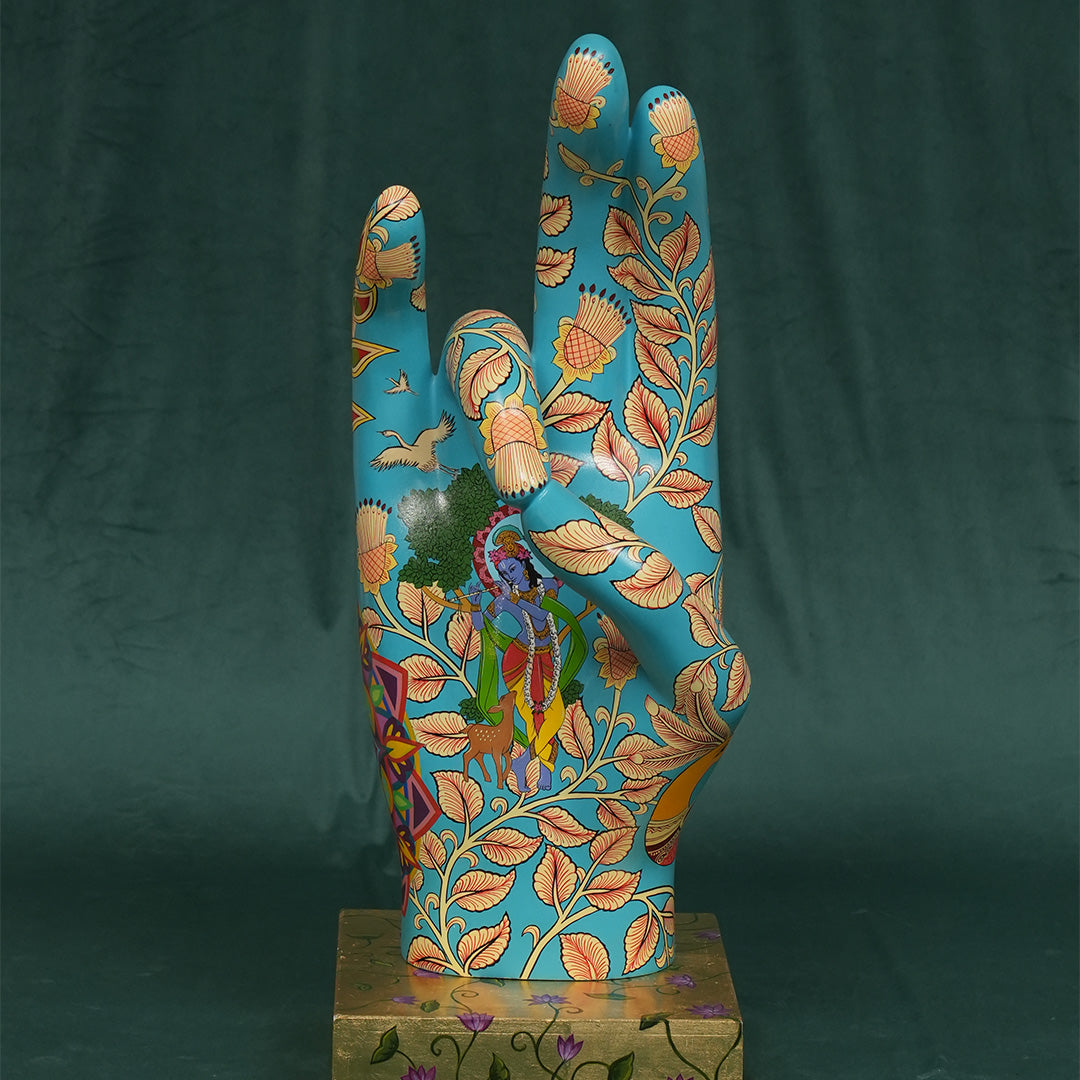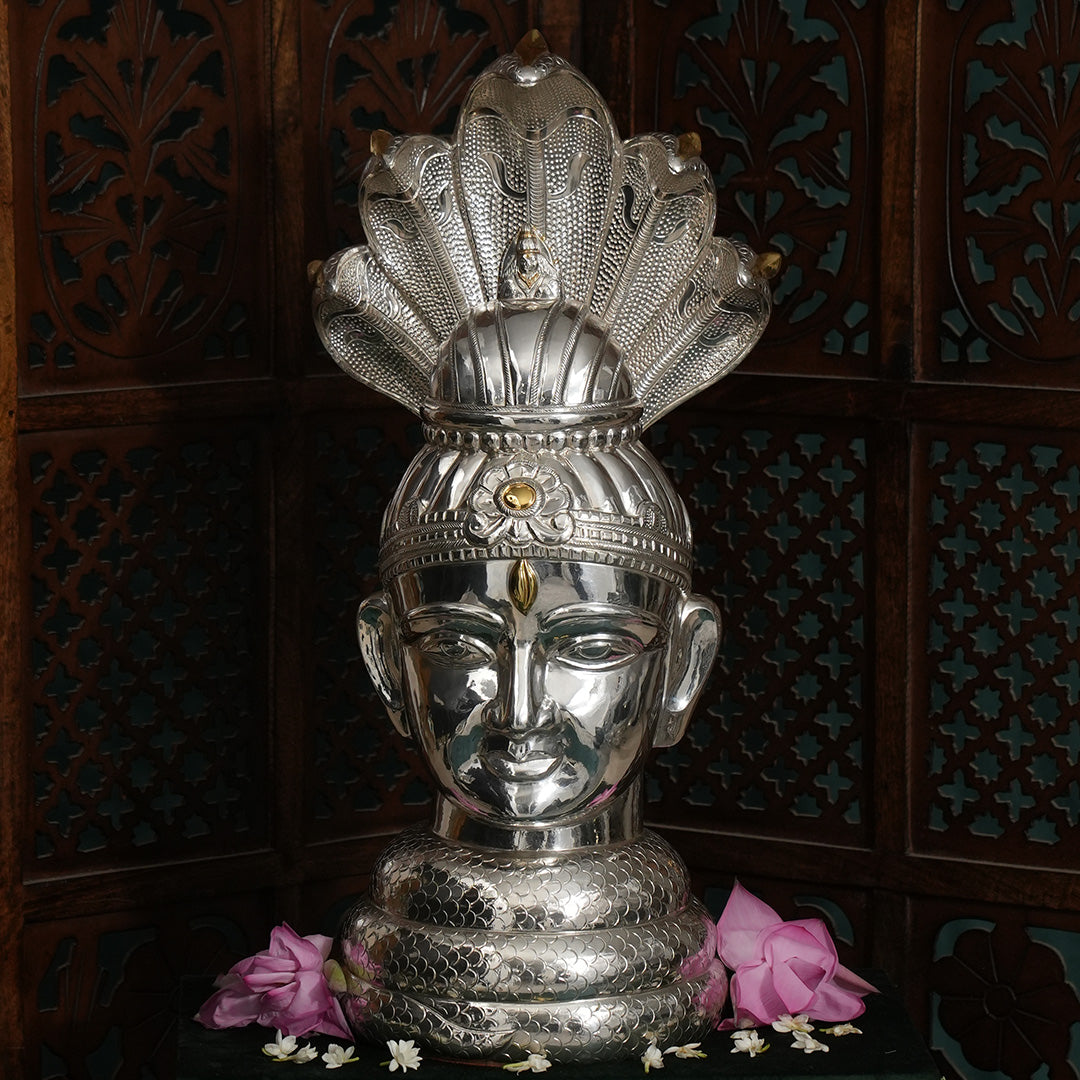SCIENCE & SCULPTURES
Art in any form is a highly effective method for triggering the release of endorphins (happy hormones) within the body which reduce stress levels by lowering blood pressure, relieving anxiety and enhancing mood.
By being around such artefacts, one can cultivate a state of mind that promotes emotional prosperity and material abundance.
Research regards still crafts as a catalyst for flow of positive emotions within one which benefit holistic health and treat concerns such as anxiety, post-traumatic stress disorders and certain phobias.
Adorning the workplace (cabins, meeting rooms, workstations, the reception area) with artefacts that convey motivating perceptions boosts productivity among employees as the sight of such art releases the neurotransmitter dopamine into the system, which not only stimulates the creation of new neurons that can help keep the brain active, but can also combat depression and increase self-esteem.


Such prudent use of craft aims to create an encouraging environment for the team that leads to having the the members realize their goals.
Any form of art or craft has the capacity to transport one into a different plot of space and time, thus stimulating strong emotions and deep thoughts or just putting one in awe of the visual excellence. Everyone may react to a craft or an art differently but is certainly impacted.
Viewing, analyzing, and creating a sculpture stimulates the brain in substantial and long-lasting ways.
A sculpture of a living entity is a wholesome energy that our brain is able to immediately resonate with, owing to the texture and the shape. So, each time you look at a piece of a craft or an art, the brain starts to make sense of the visual information it receives.
Changes in cranial hormones happen when we look at a beautiful piece of art or craft. As proven by the scientific experiments, the sight of a beautiful sculpture, or any other artwork increases blood flow to the brain by as much as
10% the equivalent of looking at someone you love.
Making the experience of Viewing a Sculpture More Effective
Brain's response to the visual stimuli of a piece of artwork is only the first part of a multi-step process. Understanding how to look at art lets you make the most out of the experience by keeping your brain active and involved. There are a few points that you may exercise in order to analyze a piece and effectively put your brain to use:
Describe that you see, and that you don't.
Think about the piece, what it may represent, and how it associates with you.
The more time you spend analyzing a piece of art, the more you are able To stimulate both unconscious and conscious brain functions, you should spend more time analyzing an artefact. By doing so, you may elevate your analytical and problem-solving skills routinely.


